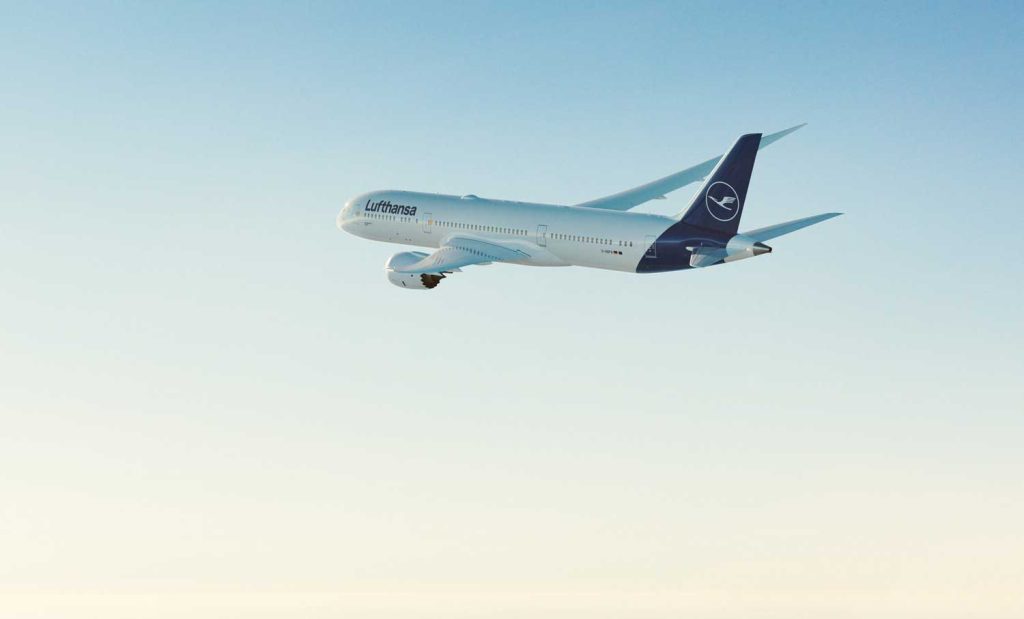Wednesday, June 21, 2023

Global airlines are setting drawn out timelines to a full recovery.
Some carriers, particularly in Asia, think they will only fly at or over pre-pandemic capacity levels in 2024 or later. It’s a bumpy and lopsided journey.
One reason for the long timeline is a staffing shortage. Airlines didn’t rehire quickly enough to support the sudden recovery in demand and are now overpromising and underdelivering.
In Europe, flight cancellations increased by some 90% in March to over 14,000 according to an aviation analytics company, though April numbers fared better.
Australia’s Qantas Airways (QAN.AX) cancelled 600 domestic flights in March alone.
The International Air Transport Association (IATA) expects global traveller numbers will only reach 4 billion in 2024, roughly the same level as in 2019.
Travel patterns are shifting too.
Globally, domestic flights are picking up at a quicker pace.
It makes the rebound a harder slog for airlines that heavily rely on international passenger traffic; that cohort of travellers will only fly as often as they did by 2025, IATA reckons.
Asian hub carriers like $16.5 billion Singapore Airlines (SIAL.SI) are particularly strained.
A reduced fleet, a delay in delivery of Boeing (BA.N) 777-9 aircraft, and slow reopening from China – which historically accounted for about 15% of group pre-pandemic capacity.
The carrier declines to give a timeline for when it will hit 100% of its January 2020 available seat kilometres (ASKs) – a measure of an airline’s seats multiplied by kilometres flown – despite pestering from analysts.
Part of the reluctance is understandable. Networks and flight frequencies have changed, altering the underlying composition of capacity.
The Middle East has benefitted from rerouting because of the Ukraine war and it, alongside Africa and South America, are the only regions flying clear above pre-pandemic levels.
The global total of ASKs is down 4.4% since May 2019, per Cirium.
A long slog back to 100% is not necessarily a big problem. Singapore Airlines, for example, posted a record net profit of S$2.2 billion ($1.6 billion) for the financial year ended March.
Its net margin rose to 12% up from 4% in 2019 partly because it is able to charge high prices for tickets as Asian rivals are slower to get their planes back into the sky.
Even so, record orders of almost 1,000 planes combined from India’s top two carriers, IndiGo (INGL.NS) and Air India, signal intensifying competition in the region ahead.
Peers from Cathay Pacific (0293.HK) to Deutsche Lufthansa (LHAG.DE) and Britain’s IAG (ICAG.L) are more readily committing to a timeline for a full recovery but Singapore Airlines’ total shareholder returns are 18.6% since the pandemic, versus negative at rivals. And whether competitors can deliver is still up in the air.
Qantas Airways on May 19 said that it expects to return to 100% of pre-pandemic international capacity by March 2024.
Singapore Airlines posted its first annual net profit in four years on May 16, logging a record S$2.2 billion ($1.6 billion) for the year ended March 31.
The company said the group’s passenger capacity reached 79% of pre-Covid levels in March, and noted other airlines in the region are at 58%.
It expects group capacity to rise to around 83% in the first half of the current fiscal year.
Sunday, April 28, 2024
Sunday, April 28, 2024
Sunday, April 28, 2024